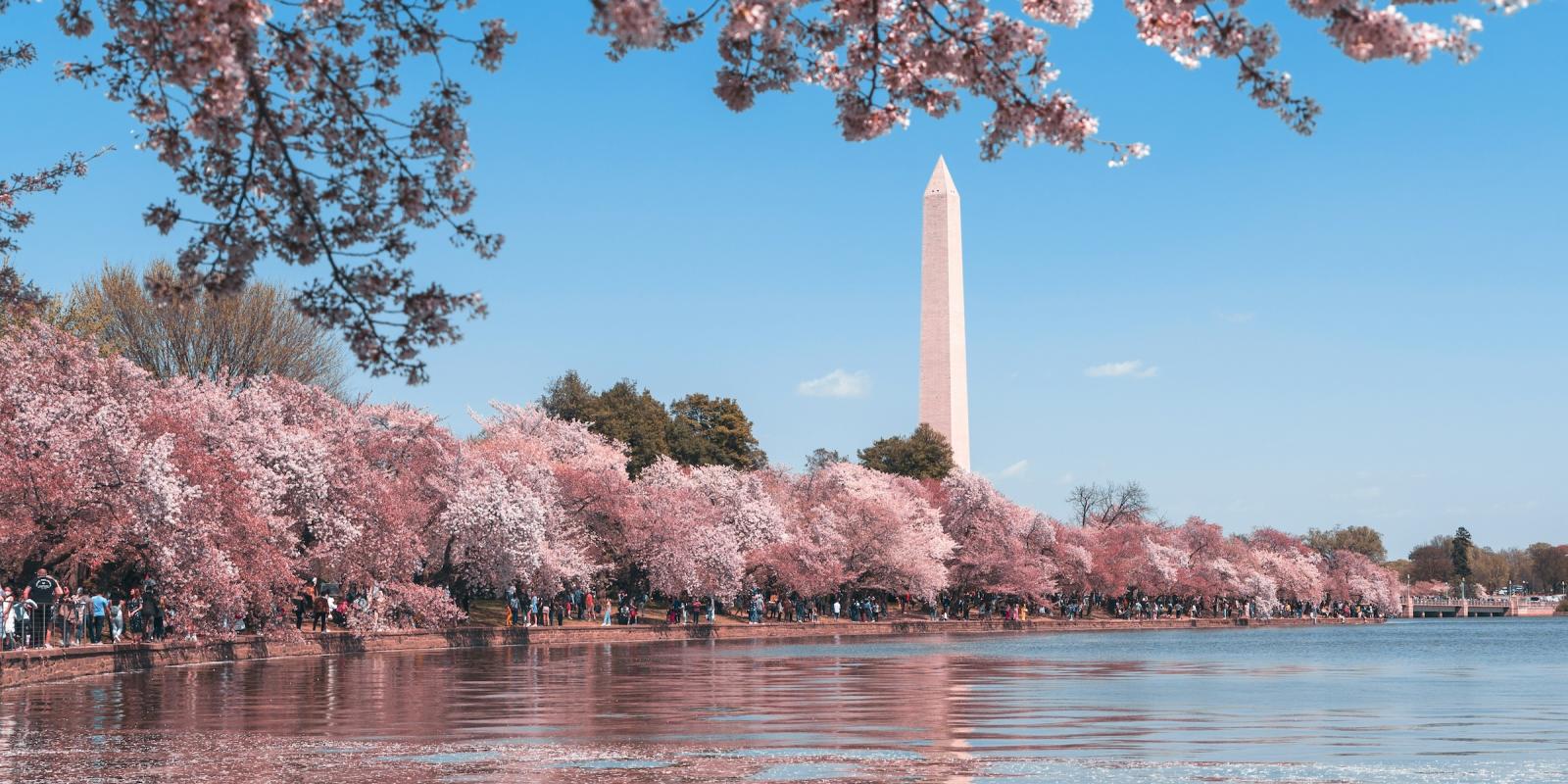Spending a Sunday afternoon at the ol’ ballpark is pretty commonplace nowadays. But 100 years ago? Notsomuch.
In the early 1900s, debate raged about whether it was appropriate – or, for that matter, legal – for ballclubs to suit up on Sundays. Blue laws in many states put severe restrictions on what could and could not be done/consumed/enjoyed/observed on the traditional day of rest.
In the District, regulations stipulated that “no public exhibition of any entertainment, play, opera, circus, animals, gymnastics, game, dance or dances, or vaudeville performance of any kind, except the exhibition of moving or other pictures, vocal or instrumental concerts, artist or artists, not in character costume, lectures, and speeches” could take place on Sunday.
